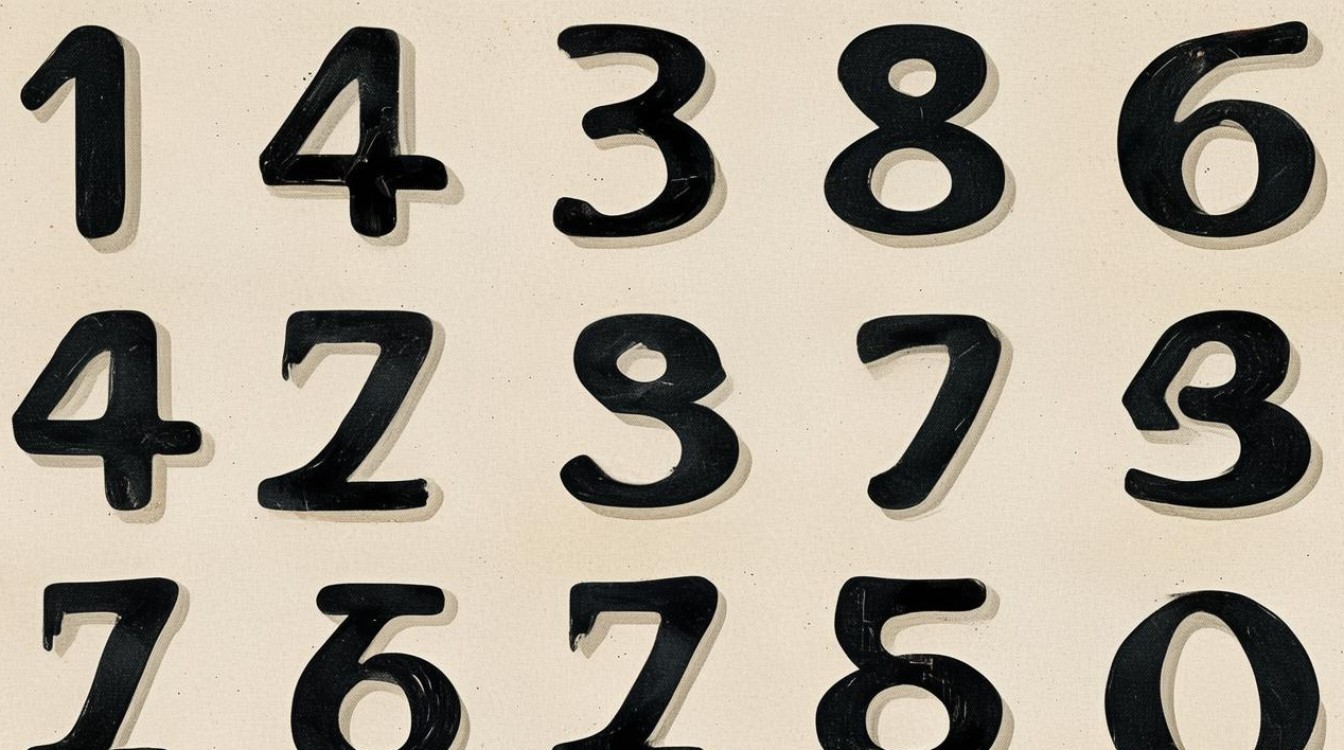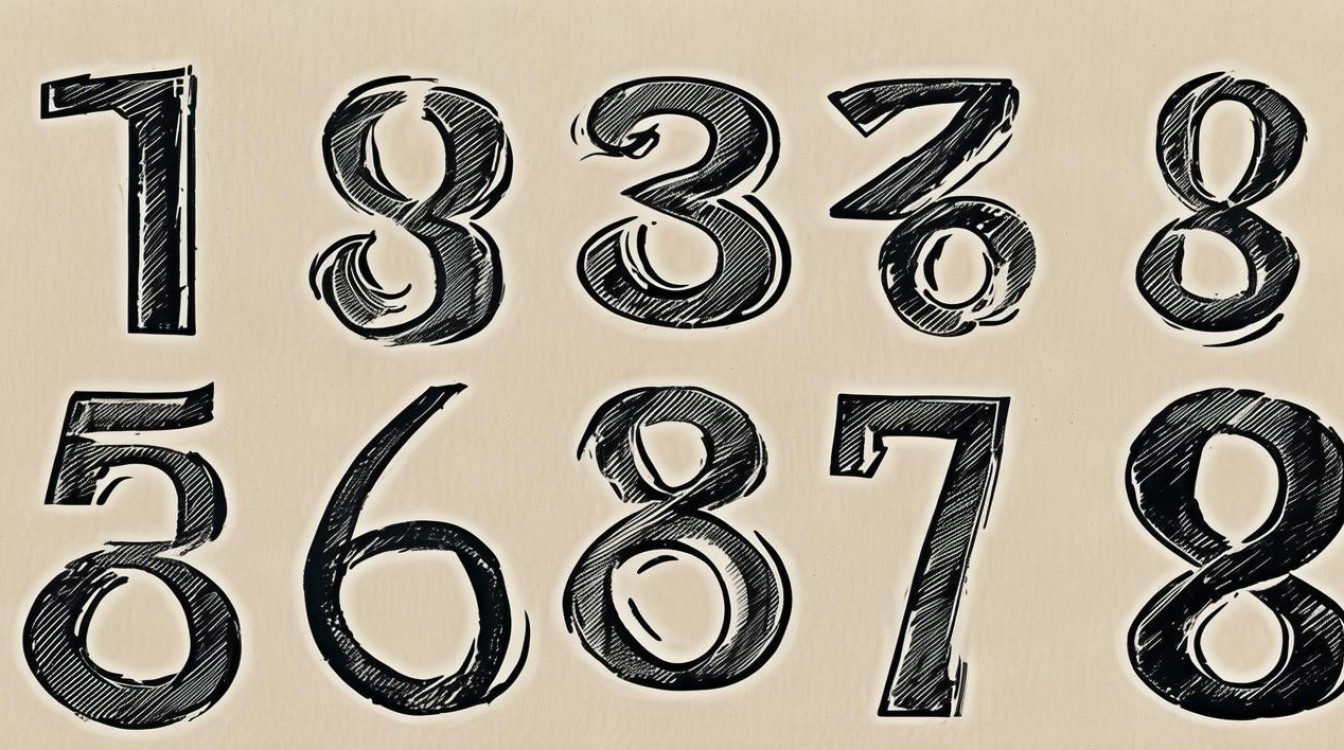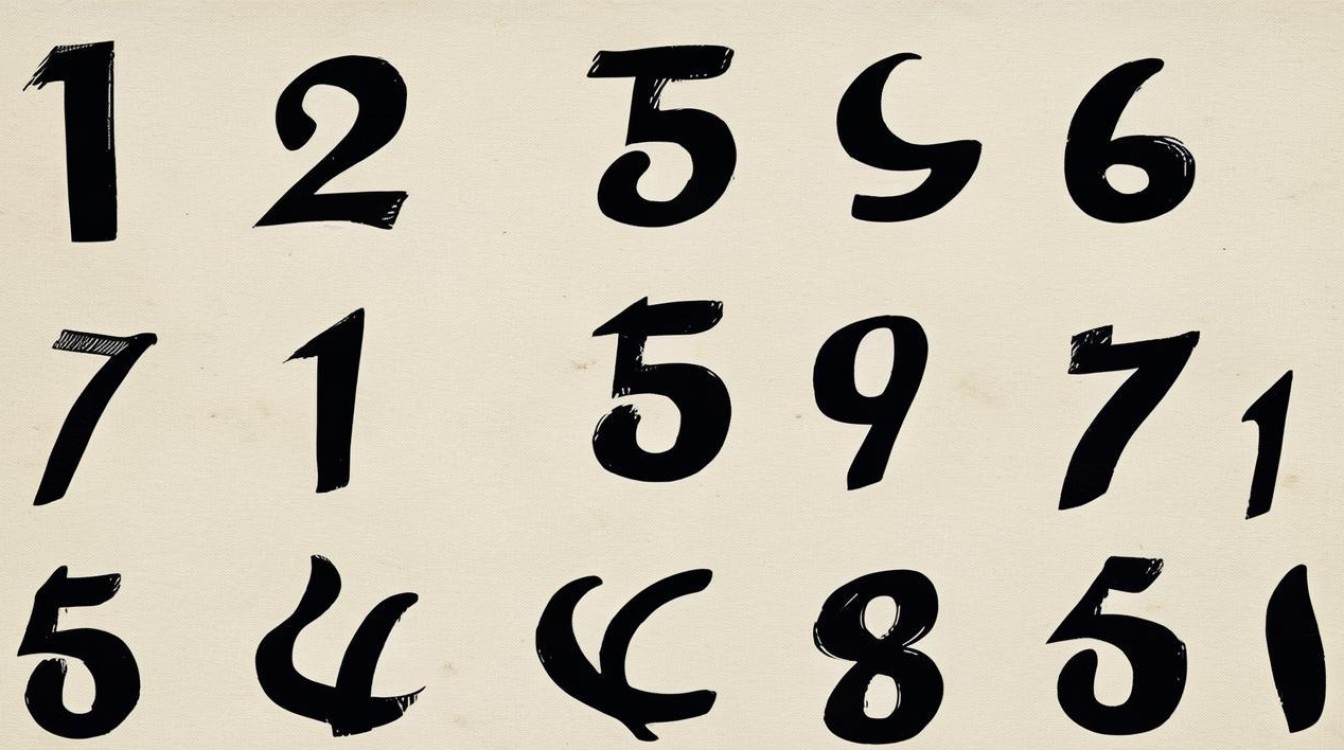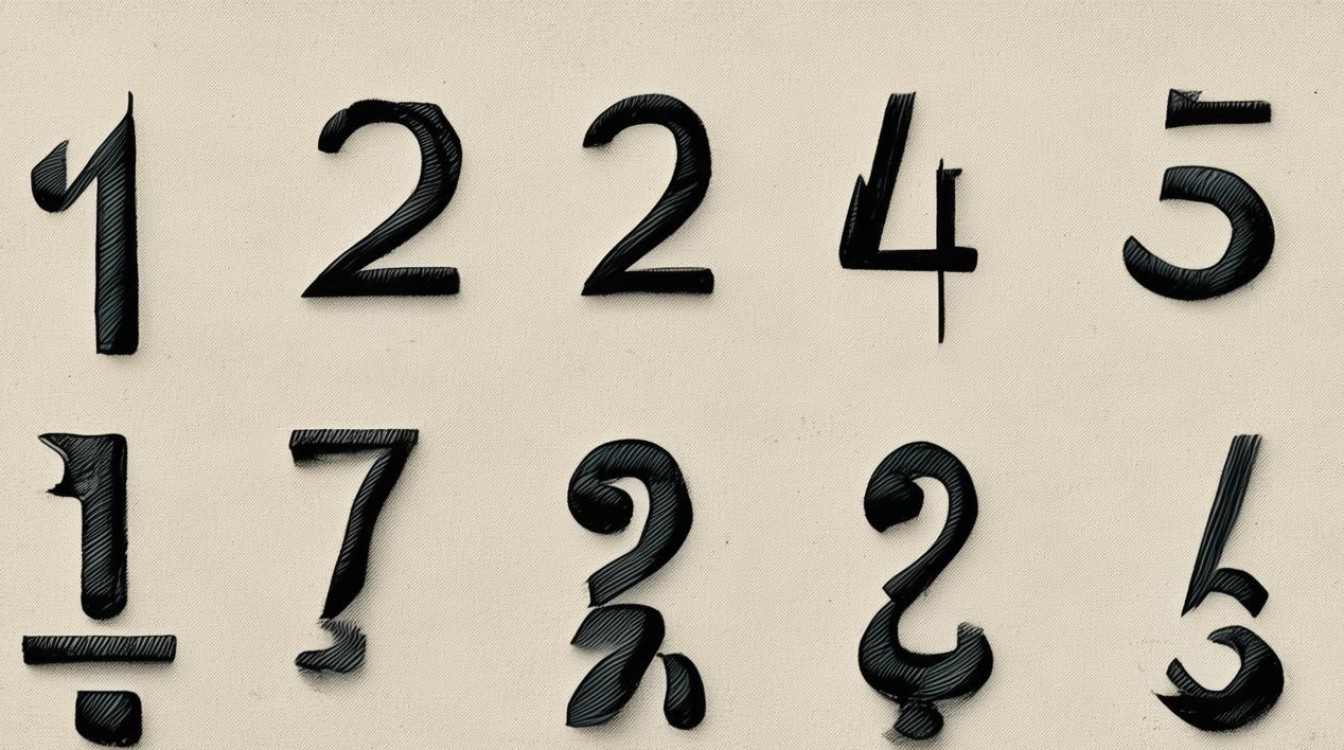Learning numbers in English is essential for everyday communication, whether you're counting, telling time, or giving directions. This guide covers the English words for numbers 1 through 10, their correct spellings, pronunciation tips, and practical examples to help you use them confidently.

One (1)
The word "one" represents the first number in the sequence. It is pronounced as /wʌn/.
- Example: "There is one apple on the table."
- Common Use: Used for singular quantities, such as "one hour" or "one person."
Two (2)
"Two" is the next number, pronounced as /tuː/.
- Example: "She has two cats at home."
- Common Use: Often used in pairs, like "two hands" or "two sides."
Three (3)
"Three" follows, pronounced as /θriː/.
- Example: "The meeting starts at three o’clock."
- Common Use: Frequently appears in phrases like "three days" or "three colors."
Four (4)
The word "four" is pronounced as /fɔːr/.

- Example: "He bought four tickets for the concert."
- Common Use: Used in measurements, such as "four cups of flour."
Five (5)
"Five" is pronounced as /faɪv/.
- Example: "The team scored five goals."
- Common Use: Common in time expressions like "five minutes."
Six (6)
The word "six" is pronounced as /sɪks/.
- Example: "She has six new books."
- Common Use: Often seen in age references, like "six years old."
Seven (7)
"Seven" is pronounced as /ˈsev.ən/.
- Example: "There are seven continents on Earth."
- Common Use: Used in schedules, such as "seven days a week."
Eight (8)
The word "eight" is pronounced as /eɪt/.

- Example: "The spider has eight legs."
- Common Use: Appears in phrases like "eight hours of sleep."
Nine (9)
"Nine" is pronounced as /naɪn/.
- Example: "The store closes at nine PM."
- Common Use: Used in sequences, such as "nine players on a team."
Ten (10)
The final number in this sequence is "ten," pronounced as /ten/.
- Example: "She finished the race in ten seconds."
- Common Use: Common in ratings, like "a perfect ten."
Why These Words Matter
Numbers are fundamental in daily life, from shopping to scheduling. Mastering these words ensures clear communication in both spoken and written English.
Pronunciation Tips
- Silent Letters: Words like "eight" have silent letters (the "gh" is not pronounced).
- Vowel Sounds: Pay attention to vowel sounds, such as the difference between "five" (/faɪv/) and "nine" (/naɪn/).
- Consonant Clusters: Some words, like "six," have sharp consonant endings.
Common Mistakes to Avoid
- Mixing Up Spellings: Ensure correct spelling, especially with "four" (not "for") and "eight" (not "ate").
- Pronunciation Errors: Avoid saying "tree" instead of "three" (/θriː/).
Practical Applications
- Counting Objects: "There are ten chairs in the room."
- Telling Time: "It’s seven thirty."
- Age References: "My brother is six years old."
Understanding these numbers builds a strong foundation for learning more complex English vocabulary. Whether you're a beginner or refreshing your skills, practicing these words will enhance fluency.

Confidence in using numbers comes with repetition. Try incorporating them into daily conversations, writing exercises, or even simple math problems to reinforce learning.
Numbers are universal, and knowing them in English opens doors to better communication in travel, business, and education. Keep practicing, and soon, using these words will feel natural.

